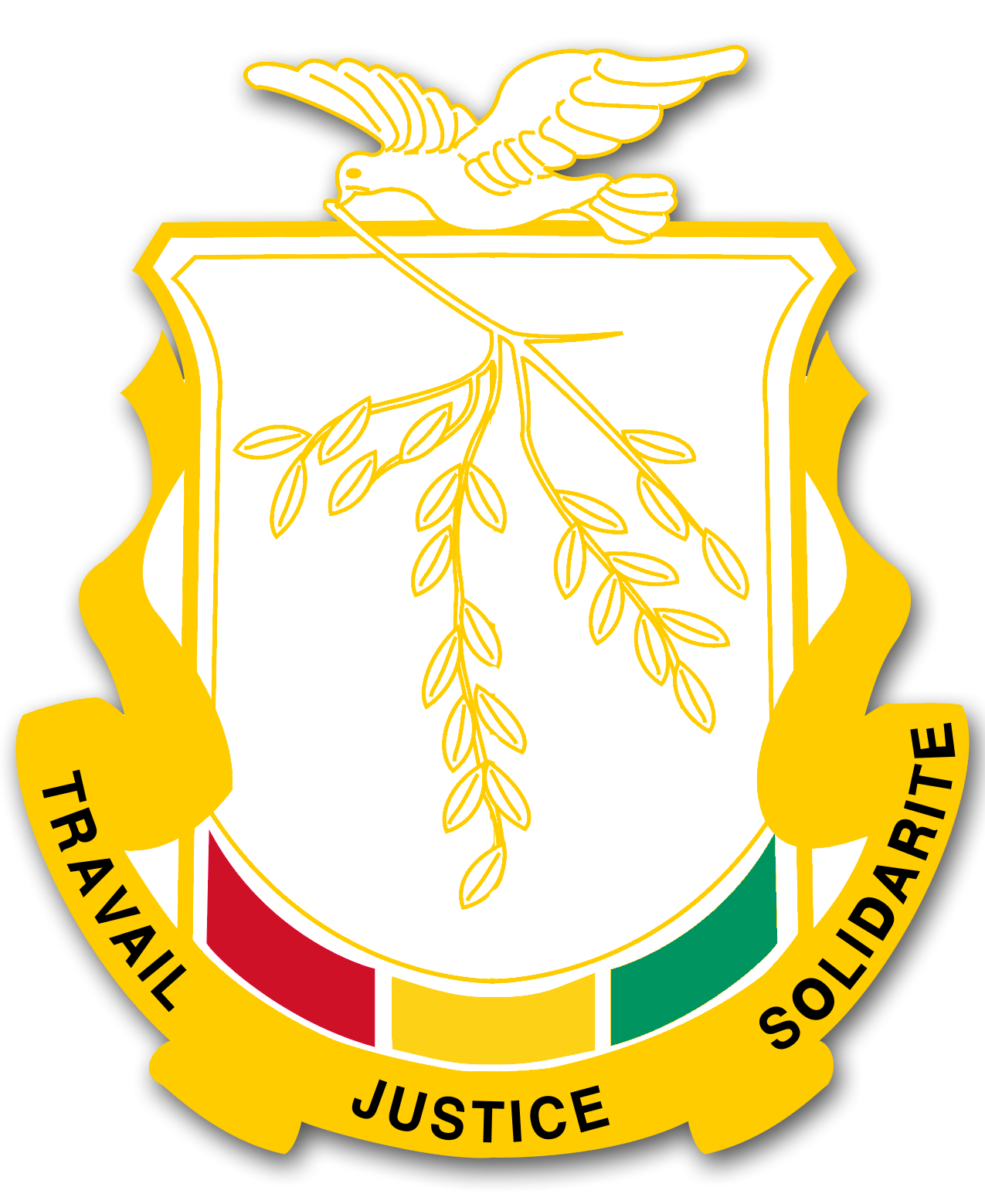Parc National du Haut Niger
National Park in Guinea
Covering some 1200 sq km, the Parc National de Haut Niger is one of West Africa's last significant stands of tropical dry forest and one of the most important protected areas in Guinea. The forest, which is pock marked with areas of tall grassland savanna and run through by the River Niger, has plenty of wildlife including significant numbers of chimpanzees, buffalo, duikers and waterbuck as well as crocodiles and hippos.
However, you would be very lucky indeed to actually see much wildlife thanks to the dense foilage, a general sense of caution of most of the animals and a near total lack of visitor facilities. Dedicated birders though will likely find the forest highly rewarding.
To get to the park take the dirt road leading east from Faranah to the tiny village of Sanbaya (Sambonya) via Beindou. This is where you will collect your obligatory guide and the park itself starts just to the north of the village.
You must make arrangements for visiting in advance at the Ministère de l'Agriculture in Faranah
Badiar National Park (French: Parc National du Badiar) is a national park in Guinea, on the border with Senegal and contiguous with Senegal's much larger Niokolo-Koba National Park.[1] It was established on 30 May 1985 (by ordonnance N°124/PRG/85), partly in response to Senegal's concern about poaching in Niokolo-Koba National Park.[1] Badiar is an International Union for Conservation of Nature Category II park.[2]
The park consists of two separate areas: the Mafou sector of 554.0 square kilometres (213.9 sq mi) and the Kouya sector of 674.0 square kilometres (260.2 sq mi).[1]There is also a buffer sector of 5,916 square kilometres (2,284 sq mi) around the Mafou sector.[1] The principal rivers are the Koulountou (one of the two main tributaries of the Gambia River[3]) and the Mitji.[4] The annual rainfall averages 1,000 to 1,500 millimetres (39 to 59 in),[4] mostly during the rainy season of June-October.
The park is an important ecosystem, with a large variety of vertebrate species and vascular plants.[5] It is one of the three core areas of the Badiar Biosphere Reserve, established in 2002 and covering 2,843 square kilometres (1,098 sq mi), that also includes the neighbouring forest of Southern Badiar and the Forest of Ndama.[1][5] The terrain includes savanna, open woodlands and gallery forest.[5][6] The eastern part of the park contains scrub woodland, while the western part is characterized by wooded savanna and open forest.[4] Endangered plant species include Ceiba pentandra, Cassia sieberiana and Combretum micranthum.[5] Endangered animal species found within the park include the Western red colobus,[1] the common chimpanzee, the white stork, the African rock python and the ball python.[5] Other resident species include the African elephant, the roan antelope, the kob, the leopard, the spotted hyena and the baboon.[6]
Le Parc national du Badiar est une réserve naturelle, située dans la région du Badiar, dans le Nord de la Guinée, entre la localité de Koundara et la frontière avec le Sénégal. Cette réserve jouxte le Parc national du Niokolo-Koba, haut-lieu du tourisme sénégalais.
Sa superficie est de 37 000 ha, et il est classé au patrimoine de l’UNESCO et depuis 2002 réserve de biosphère.
Le Parc National du Badiar est le premier né des parc nationaux en République de Guinée, crée en 1985 par Ordonnance № 124/PRG/85 et fut érigé en Réserve de Biosphère du Badiar le 16 décembre 2002.
Au plan de la couverture géographique, il couvre les préfectures de Gaoual et de Koundara soient neuf Communes rurales et deux Communes Urbaines.
Au plan touristique, Il représente la composante guinéenne du Projet régional de « Développement durable du Tourisme dans le réseau de Parcs et Aires Protégées Transfrontaliers en Afrique de l’Ouest».
Il est retenu comme projet de référence en matière de Tourisme dans le plan quinquennal 2011-2015 de Développement économique et social et dans le document de stratégie de réduction de la pauvreté 2013-2015, tous validés par le Gouvernement guinéen.
Histoire
L’histoire de la conservation de l’environnement et des ressources naturelles dans la préfecture de Koundara a ses racines à l’époque coloniale, avec la création des forêts classées du Badiar et de la N’Dama, et abouti, 60 ans plus tard, avec la première proposition de création du nouveau Parc National de Badiar – N’Dama.
Le 6 septembre 1940 l’arrêté colonial n° 1839/SE/EF a constitué en forêts domaniales classées, les massifs forestiers du Badiar Nord et du Badiar Sud. Sa superficie est de 13.500 hectares. Un des objectifs des forêts classées de Badiar est la protection des sols des plateaux latéritiques, devenus déjà sensibles à l’érosion à cause de la disparition de la couverture végétale. La forêt classée du Badiar Nord était initialement incluse au Refuge du Niokolo-Koba, alors Réserve de Faune.
Le 30 mai 1985 l’ordonnance 124/PRG/85 crée une Réserve Spéciale de Faune dénommée « Parc National du Badiar ». Le nouveau « Parc », d’une étendue de 38.200 hectares, inclue totalement la forêt classée du Badiar- Nord et Badiar -Sud, en triplant sa superficie initiale.


